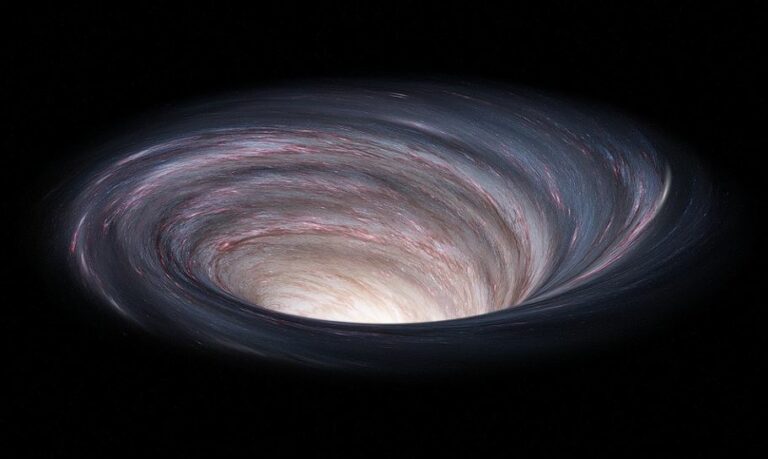A long time ago, in a galaxy not so far away, a supermassive black hole ripped a star to shreds in the center of the galaxy NGC 7392. The flash of light from the black hole’s dinner finally reached Earth in 2014 — and astronomers just discovered it in their data.
This newly detected outburst from the center of NGC 7392 is the closest-yet example of a tidal disruption event (TDE), where a star is pulled apart by the massive gravitational pull of a black hole. The findings were published April 28 in The Astrophysical Journal Letters.(opens in new tab)
The hungry black hole was spotted roughly 137 million light-years from Earth — or about 35 million times as far as Proxima Centauri, the closest star to the sun. As distant as that sounds, astronomers have only observed around 100 of these events so far, and this one is four times closer than the previous title-holder of “closest TDE to Earth.” Scientists discovered the TDE in infrared, a different wavelength than most conventional TDE detections, which usually come in X-rays, ultraviolet, and optical light.
“Finding this nearby TDE means that, statistically, there must be a large population of these events that traditional methods were blind to,” said lead author Christos Panagiotou(opens in new tab), an astronomer at the Massachusetts Institute of Technology, in a statement(opens in new tab). “So, we should try to find these in infrared if we want a complete picture of black holes and their host galaxies.”
more at livescience.com
Ask me anything
Explore related questions





